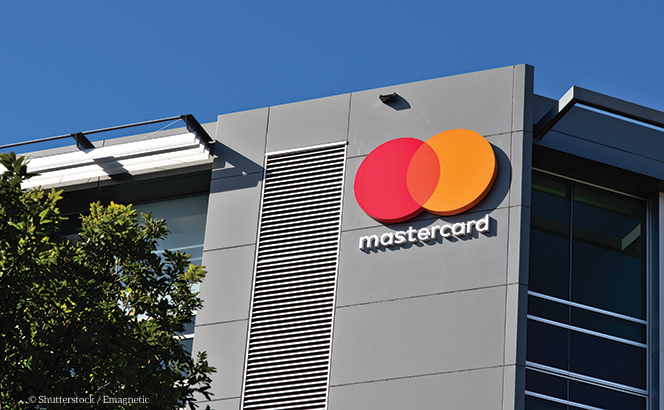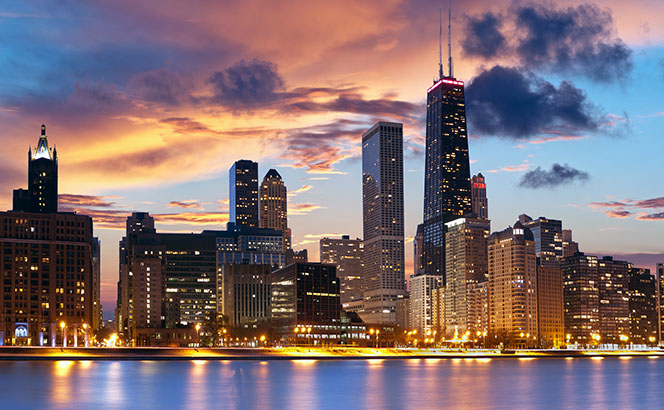
‘Arbitration has gone from being the exotic bird of dispute resolution to become almost the norm,’ argues Constantine Partasides of Three Crowns (3C).
The appearance of boutiques such as 3C and Hanotiau & van den Berg is itself a sign of arbitration’s entry into the mainstream. It is tempting to consider parallels with the US-based litigation firms that emerged in the late 1980s and ’90s, when Quinn Emanuel Urquhart & Sullivan and Boies Schiller Flexner broke away from the full-service model to focus on disputes work.









